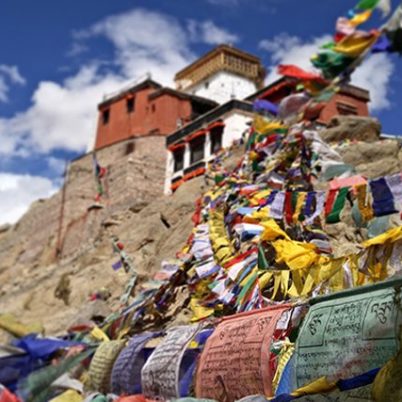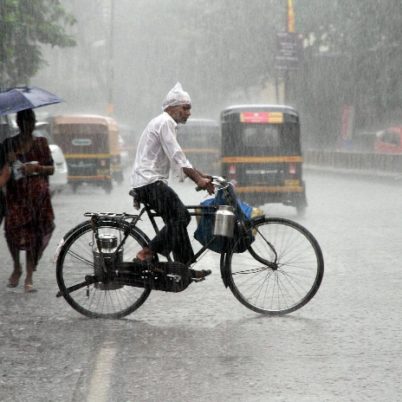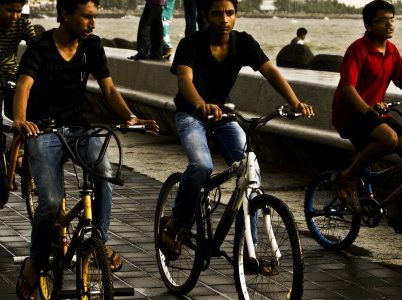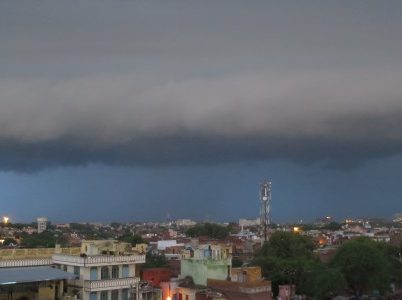Weather in India in July
The Indian climate is intense and ever-changing, from snow to heavy rain, from dry heat to humidity, and from blistering cold and hot temperatures. By the end of June, the monsoon covers most of the country with a thick and wet blanket of clouds and the weather in India in July can be called nothing else but wet. From Kerala in the south to the Himalayas in the north, from Rajasthan in the west to Sikkim and Darjeeling in the east, it rains regularly and heavy in all regions. Find out more about the effects of the rainy season and how it can impact your travels in this blog.
Most locals will still be quite happy with the weather as the hot summer months are finally over. Temperatures drop between 5 and 10 °C on a monthly average. Rivers and lakes fill up and therefore the agricultural industry becomes busy. It is a great time for trekking and tropical nature enthusiasts.
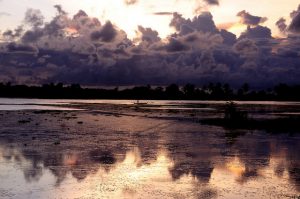 The monsoon brings impulsive heavy rains and high humidity – Credit: -Reji
The monsoon brings impulsive heavy rains and high humidity – Credit: -Reji
SOUTH INDIA IN JULY
Kerala faces slightly less heavy rain showers in July compared to June but it rains more often and long-lasting in this month. It is a great time for trekking and national park visits. But beware of the blood-sucking leeches! If you prefer a less wet holiday with lots of sun, then July might not be the best time to visit Kerala.
The constant rain can also cause interruptions for travels and activities. In Goa many resorts, restaurants and shacks will be closed from May to September. If you find a resort that stays open, you can catch great discounts on stays, even at luxury stays. Both Goa and Kerala offer lush greenery in the countryside.
If you still decide to travel despite the humid and wet weather we would recommend you concentrate on the Western Ghats. The region is covered with national parks, wildlife sanctuaries, forest reserves as well as charming hill stations. You’ll find various wild and unique flora and fauna species in those hills with endless fruit, tea and coffee plantations. In July, they offer cooler temperatures and less stuffy air than in the cities and plains of India. Wayanad, Munnar and Thekkady are such places but also the Dudhsagar Waterfall Hike in Goa. Ooty in Tamil Nadu is very popular among domestic tourists to flee the annoying conditions of the cities in the monsoons.
Tamil Nadu doesn’t face the power of the season in July. Yet, the monsoon hits this region later from August to November with the wettest month being November. But, it can be quite cloudy and therefore cooler in July. Tamil Nadu tends to be very hot in the rest of the year (except winters) so it might be a great time to visit, especially if you come mainly for the sightseeing of temples and religious monuments.
 A great time to see waterfalls in south India – Credit: Amit Rawat
A great time to see waterfalls in south India – Credit: Amit Rawat
NORTH INDIA IN JULY
By the end of June and beginning of July the monsoons hit Rajasthan and the other central and northern regions with full power. All the popular cities of the North like Jaipur, Agra, Delhi, Varanasi, Rishikesh and Amritsar face the highest precipitation and number of rainy days in July and August.
Even though the sun doesn’t shine often, the temperatures drop slightly and the humidity increases. Travellers who prefer humid heat to dry heat should visit Rajasthan. But, it’s sure to leave you exhausted if you are physically active.
The east stream of the monsoon winds hit the north east of India by the beginning of June. Regions like Meghalaya get an intense amount of rain. Rather plan a visit to this region after October.
 Beware of flooding in cities – Credit: Koshy Koshy
Beware of flooding in cities – Credit: Koshy Koshy
Escaping the monsoons
The cooler regions at the foothills of the Himalayas seem like a good escape from the heat. But, don’t underestimate the power of the monsoon when it hits the mountains and cloudbursts appear! The regions of Kashmir, Himachal Pradesh and Uttarkhand have experienced many such extreme weather events when suddenly a huge amount of water was dropped in very less time. In 2013 thousands of residents, tourist and pilgrims were killed near the holy temple of Kedarnath due to a landslide caused by such a cloudburst. Even though that happened in June, cloud bursts and landslides are more common in July. Keep this in mind if you want to travel and trek in the mountains!
If you want to escape the heat and the monsoon all together and enjoy stunning landscapes in the mountains, Ladakh or Lahual Spiti might be the best destination in India in July for you. In the midst of the high mountain ranges of the Himalayas, it offers breath taking views and great opportunities for hikes. Ladakh is also called the cold desert for a reason as the precipitation is very low up here. In July the temperatures are at a maximum, but rarely reach higher than 30°C. It is also the main tourist season for this part of India so be prepared as it won’t be as tourist-free as the rest of India!
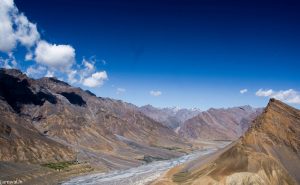 To escape the monsoon head North to the mountains! – Credit: Jaidev Jamwal
To escape the monsoon head North to the mountains! – Credit: Jaidev Jamwal
To sum it up
July certainly offers rather difficult weather in India. It rains a lot, it is humid and it might get hot. The sun shines rarely and flooding and landslides are common. But while the cities might be less hospitable due to the dense infrastructure and lack of drainage systems, the rural areas, and especially the hill stations, will welcome you with lush greenery and strong impressive waterfalls. The very north of India in the Himalayas offers the best choice of travel destinations in June as the temperatures are moderate and the precipitation low.
If you still wish to Plan your trip to India in July then we will suggest the best places to enjoy during this travel time.
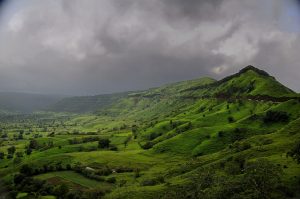 We will help you prepare for the weather whatever district you choose to visit – Credit: Amit Rawat
We will help you prepare for the weather whatever district you choose to visit – Credit: Amit Rawat
Everything you need to know about India is here We have tried writing about everything you may need help with for your trip to India, If you need help in planning a trip to India Get in touch with us to to plan your trip of a life time.






